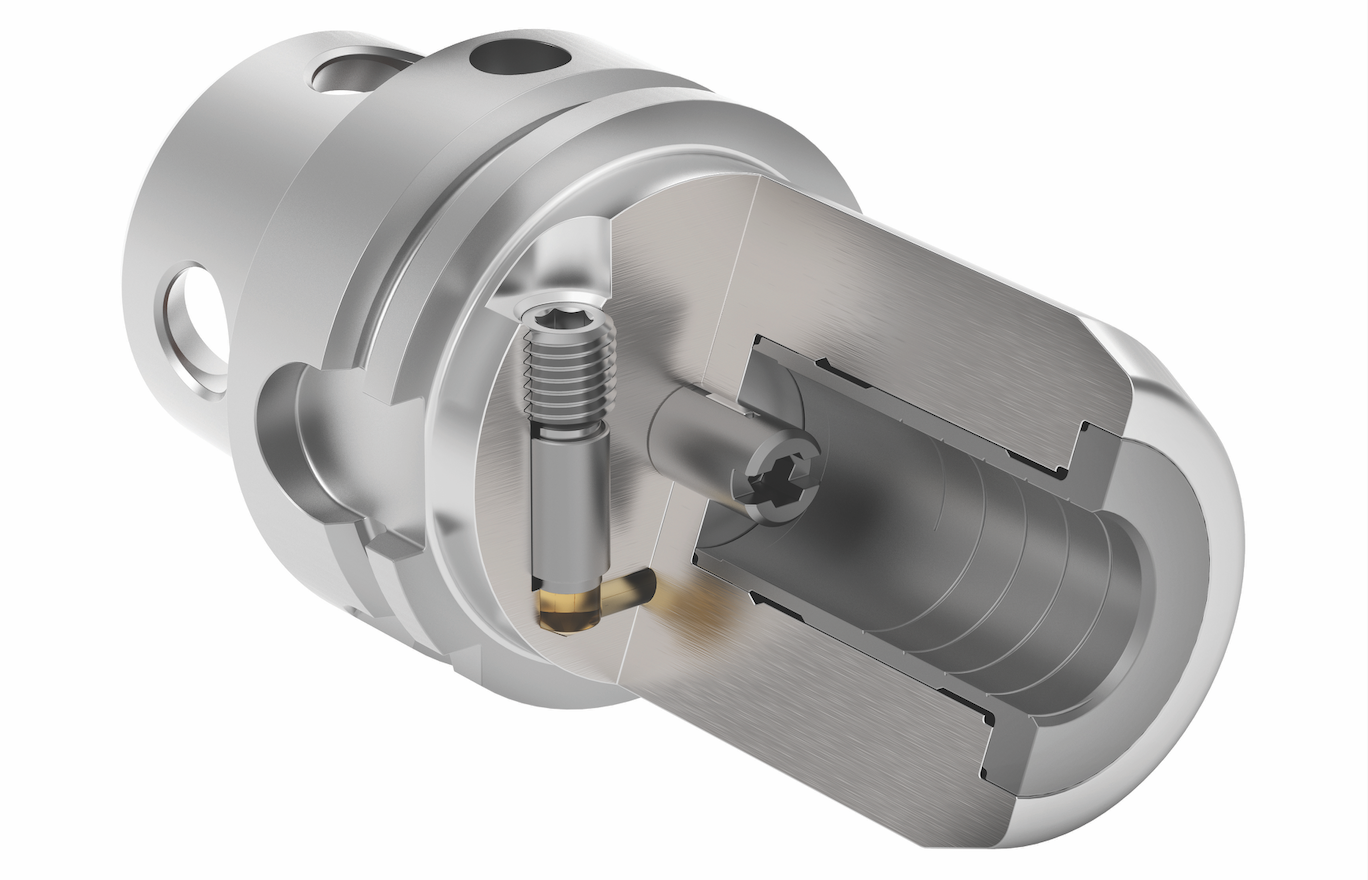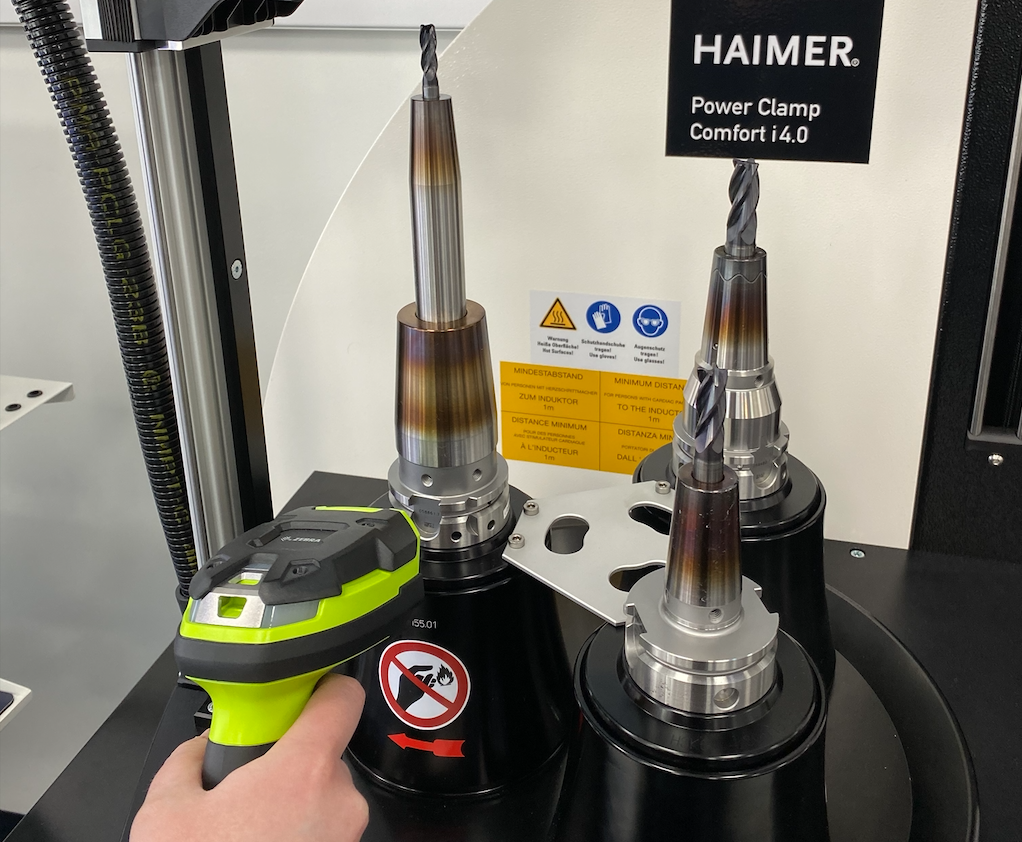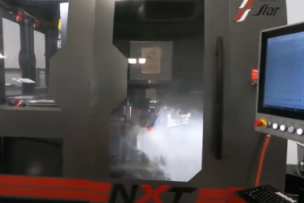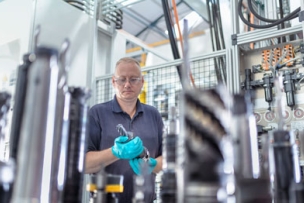A variety of new workholding and toolholding systems are providing manufacturers with many options when it comes to metalworking. Here are new systems that can help improve both part quality and your bottom line.
Anyone who has stood in front of a CNC machining center long enough recognizes the importance of high-quality cutting tools. They also know that, unless you drive these drills, end mills and other milling cutters with an efficient toolpath and the appropriate feeds and speeds, the results will be less than desirable.
Unfortunately, too many machinists and programmers accept the status quo on the rest of the machining equation. They settle for sidelock holders that generate tool-killing runout, for example, or make do with tired machinist vises that would better serve as fishing boat anchors.
Granted, machinists are often at the mercy of the people in the front office and must justify any new tooling expenditures. The good news is that this onerous task doesn’t have to be challenging. Even a minor improvement in productivity or part quality is often enough to create an inarguable case for a technology investment, and as you’ll see in the following examples, the payback is typically measured in months and sometimes weeks, not years.
Read more: Additive Manufacturing: 5 Things You Need to Know About 3D Printing
The Trouble with Toolholders
Consider toolholders. The Weldon shank was invented in 1918 by a toolmaker named Carl Bergstrom after he discovered that his other invention—an end mill with a 30-degree helical flute—tended to pull out during heavy cuts. Bergstrom did what any machinist would have done: He ground a small flat on the end mill’s shank, drilled and tapped a hole in the side of the toolholder and used a setscrew to lock the end mill in place. Problem solved.







